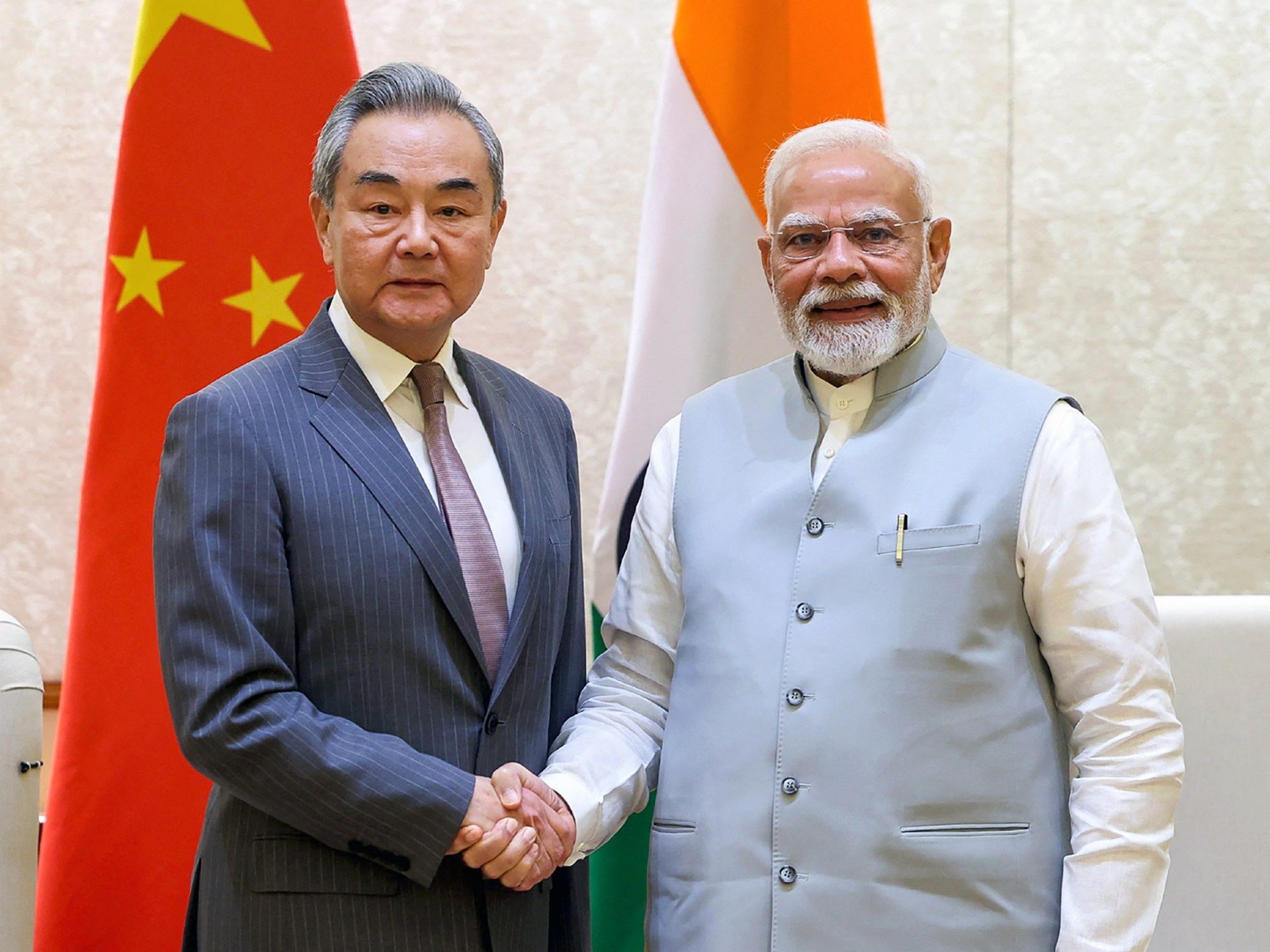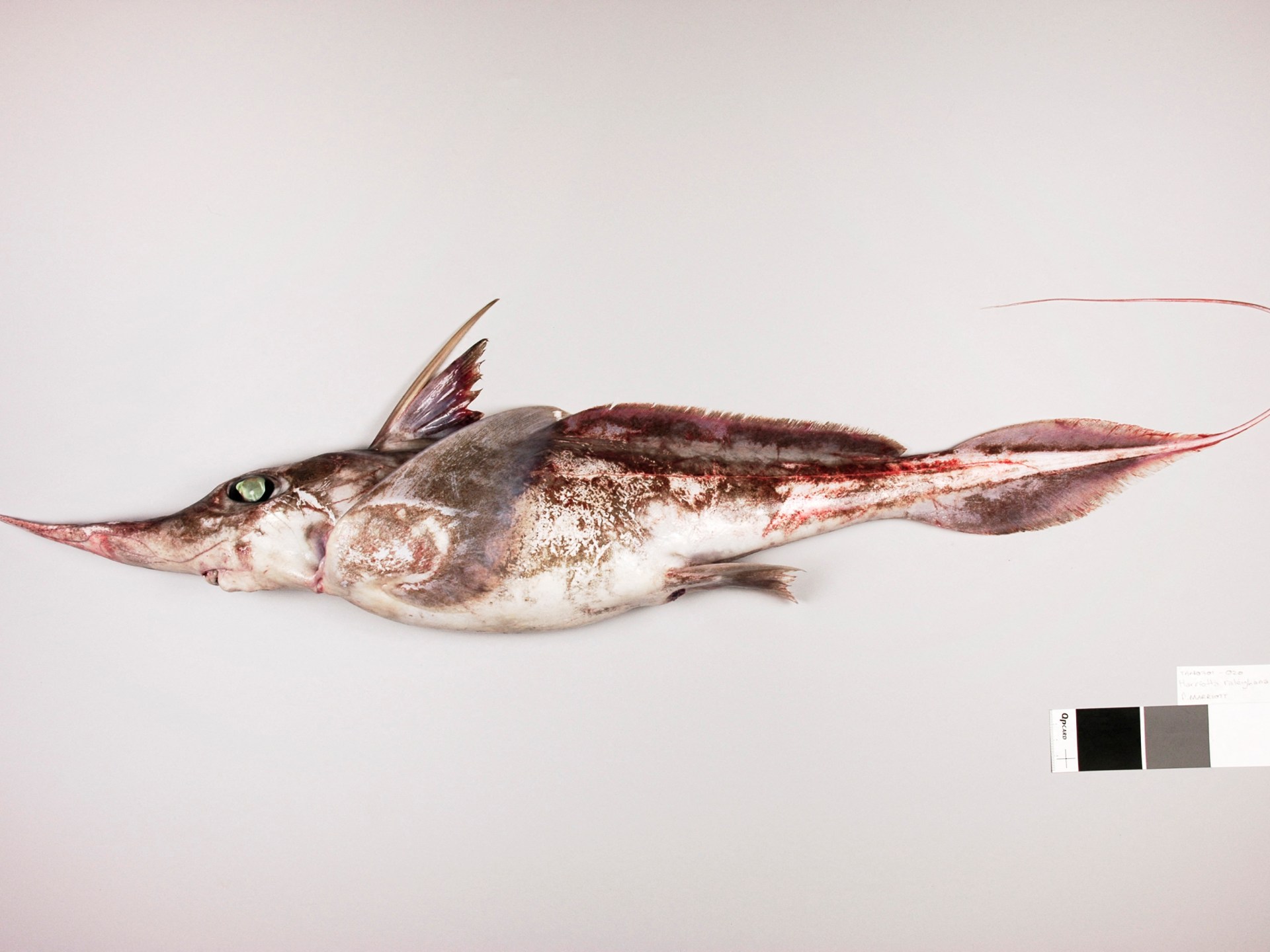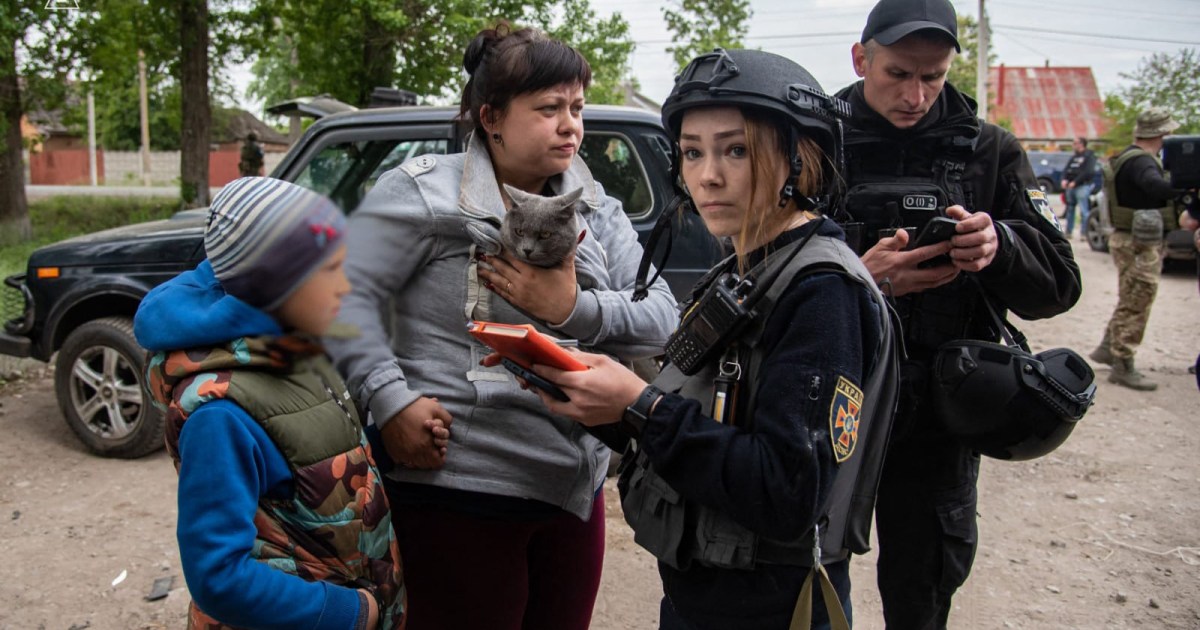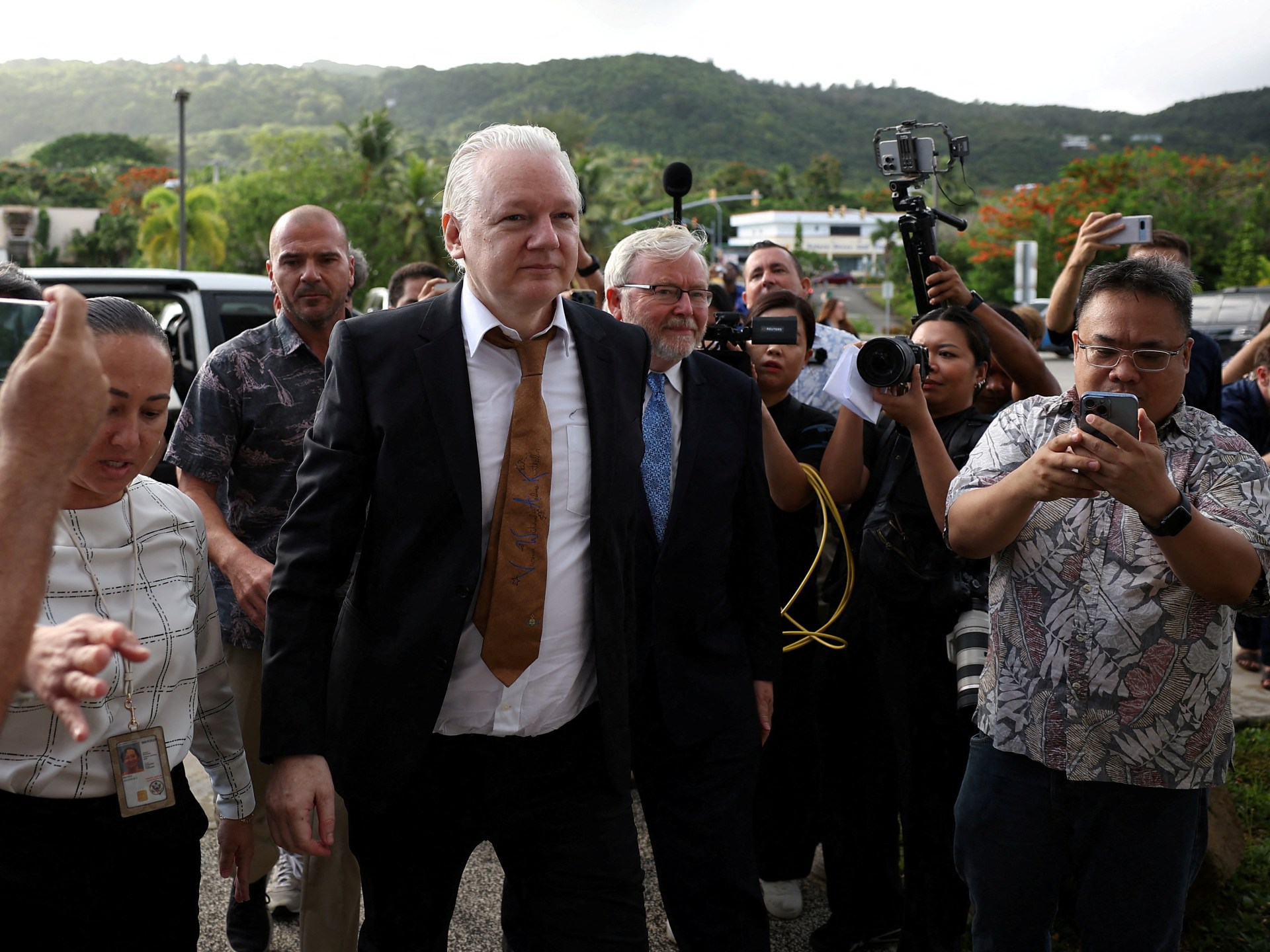India and China have agreed to intensify commercial flows and resume direct flights in a great diplomatic advance, since the two most populated nations try to reconstruct the ties damaged by a 2020 mortal border shock and in the midst of the unpredictable foreign policy of the president of the United States, Donald Trump.
The two rivals also agreed to advance the conversations about their border in dispute during the two -day visit of China's Foreign Minister Wang Yi to India.
The reconstruction of India-China ties coincides with the friction between New Delhi and Washington, after the recent imposition of steep tariffs on India by the Trump administration.
So why did India and China decided to repair their ties and what steps were taken to address their border dispute?
What specific points were agreed?
The discussions covered a variety of issues related to removing tens of thousands of troops that both countries have accumulated along their Himalayan border, promoting investment and trade flows, organizing more bilateral events and improving access to trips.
The Asian neighbors agreed to reopen several commercial routes, namely, the pass lipulekh, Shipki la Pass and Nathu la Pass. A group of experts will also be established to explore the “early harvest” steps (that is, mini-revisions that can be rapidly implemented before the conclusion of a more complex agreement) to improve border management, a movement that India had previously opposed.
In the past, India was anxious to avoid a situation in which China obtained partial profits in advance, but where their territorial integrity concerns remained unsolved. The opposition of India has accused the government of giving territory to China.
According to reports, China has agreed to address India's concerns about its export curbs in fertilizers, rare earth minerals and tunnel drilling machines, according to Indian media reports.
But the spokesman of the Ministry of Foreign Affairs of China, MAO NO, when asked about the reports of the Indian media about the lifting of the export controls, said he was not familiar with the media reports.
“As a matter of principle, China is willing to strengthen dialogue and cooperation with relevant countries and regions to jointly maintain the stability of global production and supply production,” he said at a media conference on Wednesday.
New Delhi and Beijing also agreed to resume direct flights between the two countries, improve data to share rivers and eliminate certain visa restrictions for tourists, companies and journalists.
Who said what?
During his two -day trip, Wang Yi held meetings with Indian Prime Minister Narendra Modi and the National Security Advisor of India, Ajit Doval, are found that they will pave the way for Modi's first visit to China in seven years at the end of August.
“The stable, predictable and constructive ties between India and China will contribute significantly to regional and global peace and prosperity,” Modi published in X after his meeting with Wang.
Meanwhile, Doval said that China and India had achieved a “new environment” of “peace and tranquility.” He added that “the setbacks we face in recent years were not of our interest”, and “delimitation and limit issues” had been discussed.
A reading of the Chinese Ministry of Foreign Affairs said that Wang told Doval that “the stable and healthy development of China-India relations is in the fundamental interests of the people of the two countries.”
The two parties “should improve mutual trust through dialogues and expand cooperation,” Wang said, and should point to a consensus in areas such as border control and demarcation negotiations.
Looking towards the future, Modi is scheduled to travel to China at the end of this month to participate in the Shanghai cooperation organization, his first visit to the country since June 2018.
Why were relationships grouped first?
The relations between the two countries collapsed in 2020 after the security forces met along their Himalayan border. Four Chinese soldiers and 20 Indian soldiers died in the worst violence in decades, freezing high -level diplomatic relations.
The chill in relations after Ladakh's mortal clash, the first fatal confrontation between India and China since 1975, also affected trade and air trips, since both parties deployed tens of thousands of security forces in border areas.
After border tensions, India imposed curbs to Chinese investments in the country. Months later, New Delhi prohibited dozens of Chinese applications, including Tiktok, owned by China byteado, citing security concerns.
But despite the very high tensions, the bilateral trade between the two countries did not see a drastic fall, and in fact, the imports of New Delhi of Beijing have grown to more than $ 100 billion of $ 65 NB in fiscal year 2020-2021 as the electronics of the country and the Pharma industries depend strongly on first materials in China.
On Monday, Wang said: “The setbacks we experience in recent years were not in the interest of the people of our two countries. We are breath of seeing the stability that is now restored at the borders.”
For its part, Modi emphasized the importance of maintaining peace and tranquility on the border and reiterated India's commitment to a “fair, reasonable and mutually acceptable resolution of the limit question,” said his office in a statement on Tuesday.

Why did the two parties decided to repair the ties?
The geopolitical interruption caused by the Donald Trump's commercial wars has helped create an opening for the leading and third -third economies of Asia to try to repair their diplomatic and economic relations.
In fact, the improvement in ties has accelerated since Trump increased tariffs in both countries earlier this year, particularly India, which had been looking for a closer relationship with the United States on a joint front against China.
In addition, India and the United States have been bargaining for free trade agreements for months, and Trump accused India of denying access to US assets due to the highest rates. China has also been locked in commercial negotiations with the United States.
China and India increased official visits and discussed some commercial restrictions and relieve the movement of citizens since Modi met with Chinese president Xi Jinping in Kazan, Russia, last October. In June, Beijing even allowed India's pilgrims to visit sacred sites in Tibet, while India issued tourists visas to Chinese citizens in a sign of improving ties.
But Trump's decision to declare a “reciprocal” tariff of 25 percent to India in June about the country's Russian oil imports, and its movement a week later to raise it back to 50 percent, has accelerated dramatic diplomatic realignment. The highest tariff of the United States threatens to interrupt the bilateral trade in the United States and India for a value of $ 200 billion, risking jobs from thousands of people in the most populous nation in the world.
Trump's senior officials have accused India to finance the Russian War in Ukraine, with Tuesday the United States Secretary of the United States, Scott Besent, accusing India of “assumption.”
But China Russian oil imports are even larger than those in India. And on August 12, the United States extended a tariff truce in Beijing for another 90 days, eliminating triple digits. In turn, New Delhi has accused Washington of double ratings about his tariff policy.
Suhasini Haidar, an Indian journalist who wrote in the newspaper The Hindu, said that the logic behind the sanctions of the United States against India is “doubtful.” “The United States has increased its trade with Russia since Trump came to power,” he wrote.
However, the United States Secretary of the United States, has defended Washington's decision not to impose secondary sanctions against China, saying that Beijing “has a diversified contribution of his oil.” The importation of Russian oil from Beijing, he said, went from 13 percent to 16 percent, while the Indies went from less than one percent to more than 40 percent.
Trump's statement that assured a high fire between India and Pakistan has caused anger in India, which has refused to give credit to the president of the United States for the Alto El Fuego on May 10 that stopped the five -day war between neighbors with nuclear weapons. Trump's host of the general also Munir of the Pakistan army has not helped the cause.
Relationships between the United States and India have been frayed even though Modi cultivated personal ties with Trump, particularly during his first term. The Indian Prime Minister was Trump's first guest in his second term in February, when he coined the slogan “make India again” (crumb), borrowing from the base “Make America Great Again” (magic) of Trump. “Maga plus crumbs becomes a mega association for prosperity,” said Modi.

But repeated Trump attacks against India have poured cold water into “the association”, with Indian foreign policy experts who fear that ties are directed towards an unknown territory.
“At risk it is three decades of the economic rise of India, and its careful positioning as an emerging power, formed to the shadow of the strategic support of the United States,” Sushant Singh, professor of studies in southern Asia at the University of Yale, in Financial Times, wrote. “Trump has destroyed the road map of India; it could be replaced by strategic drift, realignment or eventual approach.”
The turbulence in the ties of India-United States has forced New Delhi to repair the ties with its adversary China, which provides military teams to Pakistan and took the side of Islamabad during the recent war.
The new developments can also promote the relations between the members of the BRICS block, the founding members of the group, together with Brazil, Russia and South Africa. India and China will organize the BRICS 2026 and 2027, respectively. Trump has also criticized BRICS nations, warning the member nations that do not challenge the US dollar.












